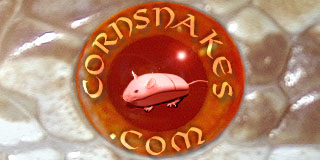Phruit Dish
Bringer of Meeses
I recently brought home some really lovely petrified wood specimens for use in a 20 long. They have all been scrubbed OCD-style with a stiff brush and dish soap, then rinsed long past the water running clean. In lieu of boiling, I've been considering sealing them with water-based poly. Why? Because when dry, they're dreadfully boring to look at, but when wet they have amazing attributes; additionally, I want them to be easy to clean. I have a small can of polyacrylic and some foam brushes ready for the task, and have gone ahead with a small sample to see how 3 coats would look. It seems like a good option, but I haven't done anything like this before and am concerned that I might be overlooking something important.
Bottom line: is this an acceptable treatment for petrified wood to be used in a viv? If not, how can I safely bring out the colors I see when the specimens are wet? If I'm missing a step or several steps, can you clue me in to that as well?
Thanks in advance for any and all advice you can offer. Your input is appreciated!
Bottom line: is this an acceptable treatment for petrified wood to be used in a viv? If not, how can I safely bring out the colors I see when the specimens are wet? If I'm missing a step or several steps, can you clue me in to that as well?
Thanks in advance for any and all advice you can offer. Your input is appreciated!
